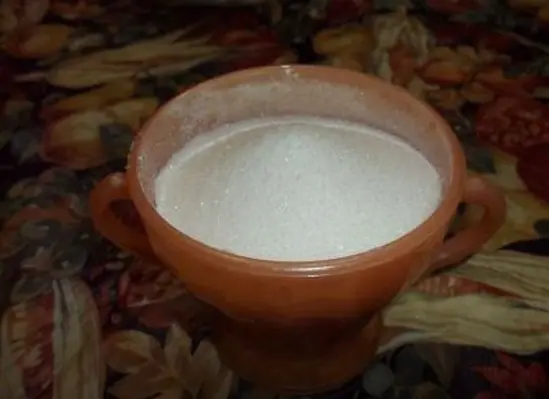Indonesias white sugar production could rise as much as 14 per cent in 2012 to 2.4 million tonnes, helped by good weather, but will miss a government target because of a lack of land to plant cane
Indonesia, Southeast Asia's largest consumer of the sweetener, has abandoned a goal of becoming self-sufficient in the production of white sugar by 2014 after plans for domestic expansion of sugarcane plantations foundered.
"I do hope production will reach 2.3 million to 2.4 million tonnes," Faruk Bakri, chairman of the Indonesia Sugar Association, told Reuters.
"The government indeed expects production to reach 2.6 million to 2.7 million tonnes, but I think it's going to be difficult," he said, adding that 2011 output was estimated at 2.1 million to 2.2 million tonnes.
But the battle to boost sugar production in the face of red tape over land licenses, competition for land and under-investment could turn Indonesia into the world's largest raw sugar importer in the year to September 2013.
Jakarta has issued import permits for 250,000 tonnes of raw sugar to help fill a gap faced by industrial users. Indonesia buys about 2 million tonnes of raw sugar a year, mainly for industrial use and mostly from Thailand, the world's second-largest exporter.
Cane plantations, which are mostly located on Indonesia's main island of Java, are also competing with other key crops such as rice, onions and palm oil, said Oki Jamhur Warnaen, operation director of state-run trading firm PT RNI.
"We can't expand the land while the demand is rising," he added. "We can't expand the land because of the development of housing complexes and so on. That's rather tough."
Java island supplies 60 per cent of sugar output in Indonesia, where sugarcane farmers protested in December last year against plans to import sugar in 2012.
The archipelago was the world's second-largest sugar exporter in the 1930s. But ageing sugar mills, a vast network of smallholders and an influx of cheaper imported sugar put pressure on local production.





